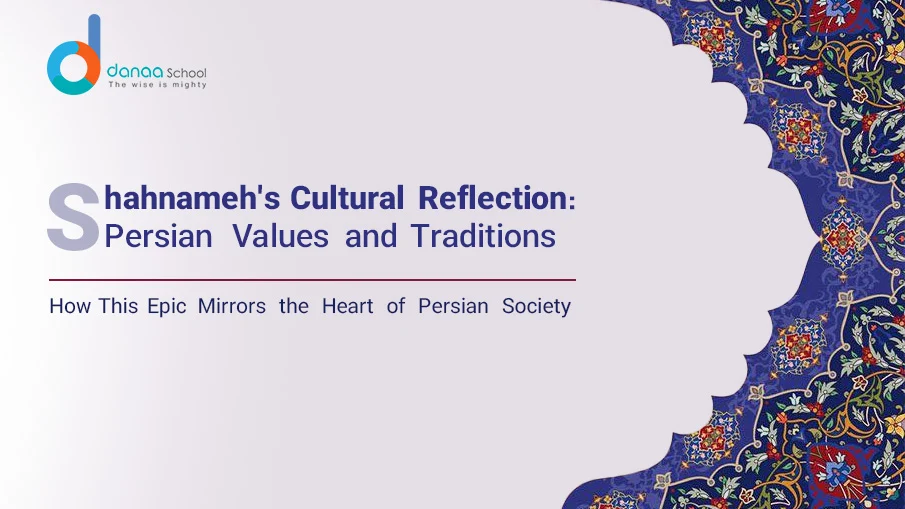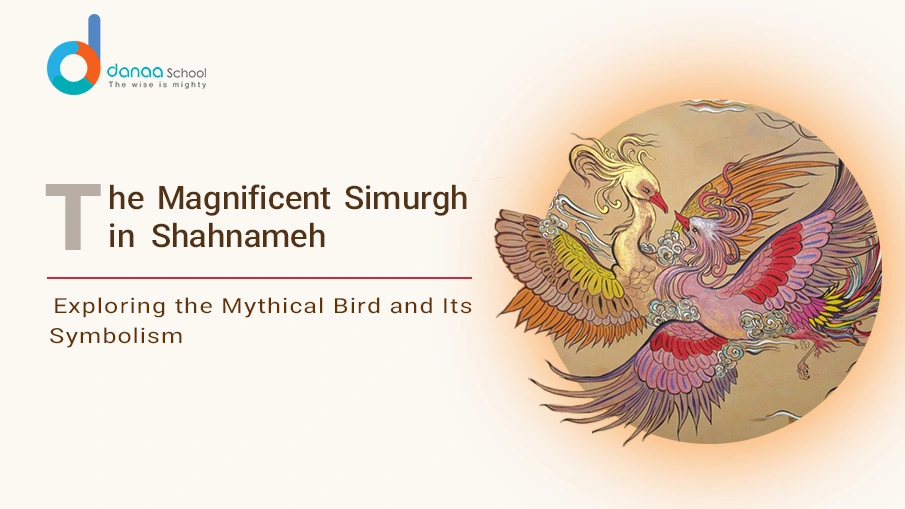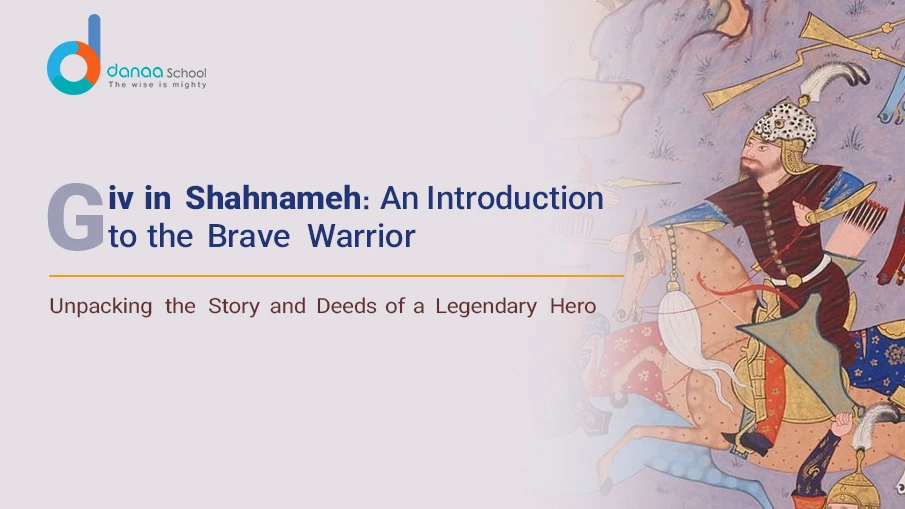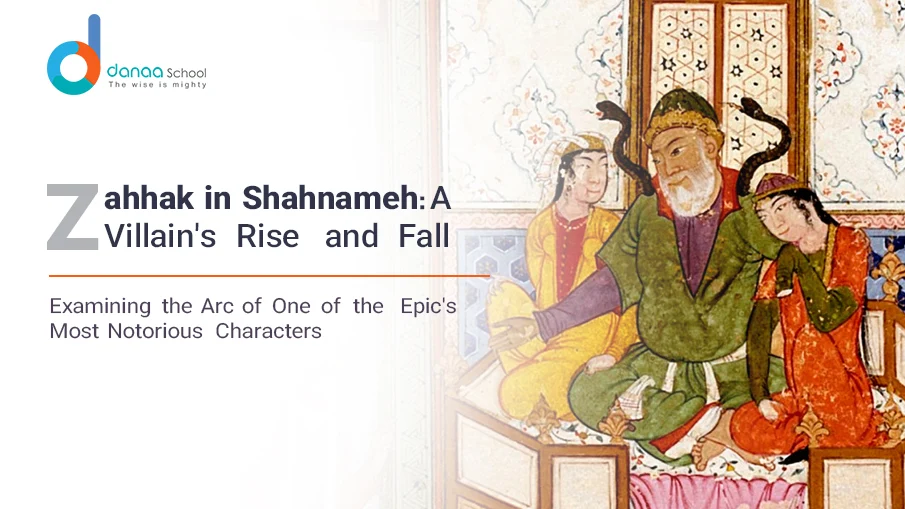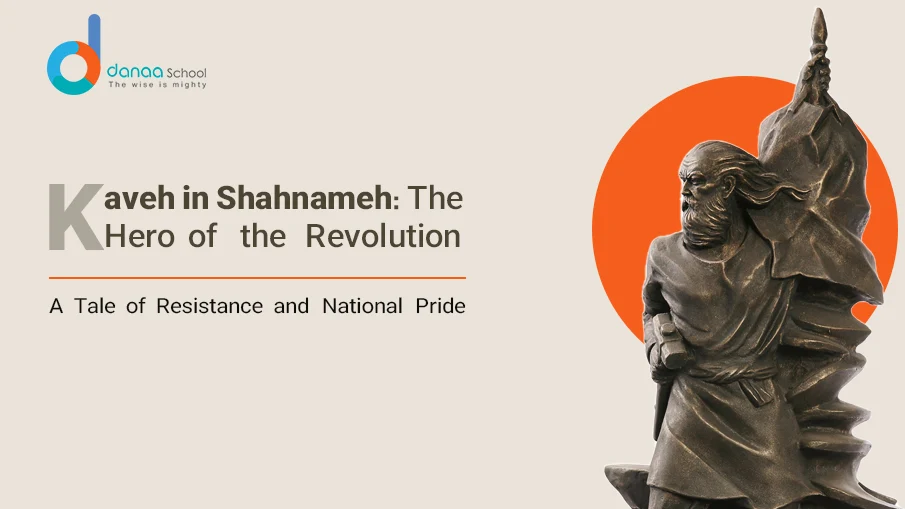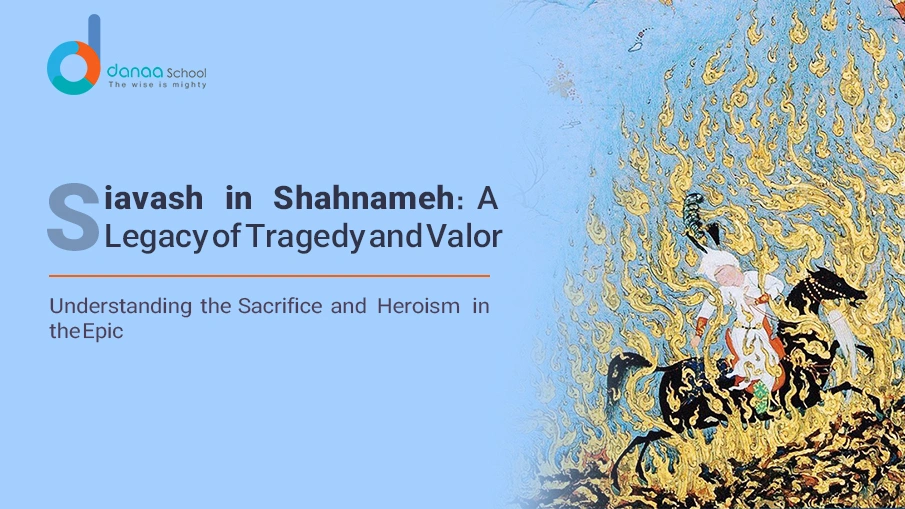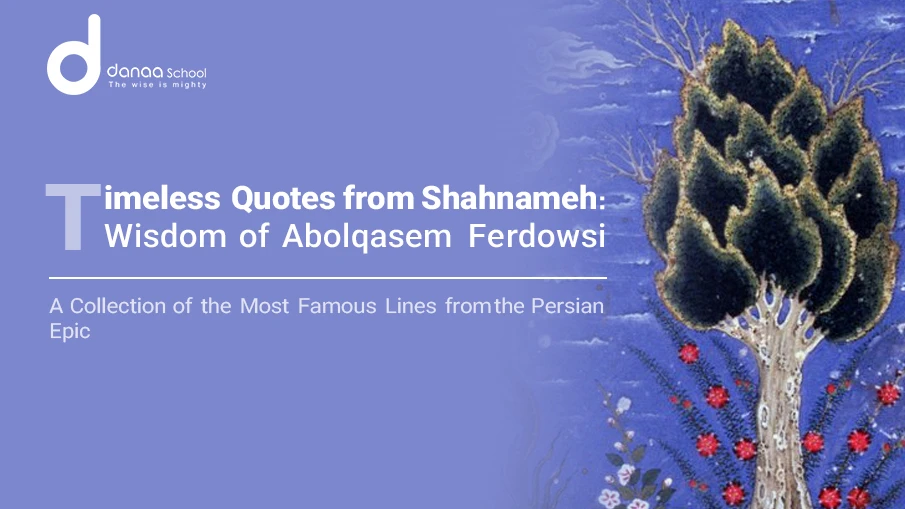Shahnameh, also known as “The Book of Kings,” stands as a testament to the rich cultural heritage of Persia. Composed by the Persian poet Ferdowsi over a thousand years ago, this epic masterpiece continues to captivate readers with its vivid portrayal of heroic deeds, timeless virtues, and profound insights into Persian society. In this article, we explore “How is Shahnameh a reflection of Persian Culture?”
Epic Poetry in Persian Literature
Shahnameh is revered as one of the greatest epic poets in Persian literature. Spanning over fifty thousand rhyming couplets, it chronicles the mythical and historical past of Iran, from the creation of the world to the Arab conquests. Its eloquent verses and captivating narratives have immortalized ancient Persia’s heroes, kings, and legends, shaping the collective consciousness of generations.
Historical Background
To truly appreciate Shahnameh’s significance, one must understand the historical context in which it was written. Ferdowsi undertook the monumental task of compiling and preserving Iran’s pre-Islamic heritage when the Persian Empire grappled with cultural and political changes. By reviving the tales of ancient glory and courage, he sought to reignite the spirit of Persian identity and resilience.
Themes and Values Portrayed in Shahnameh
At the heart of Shahnameh lie timeless themes and values that resonate deeply with Persian culture. The epic celebrates virtues such as heroism, bravery, loyalty, and honor, portraying them as essential qualities of noble character. Through the exploits of legendary figures like Rostam and Sohrab, Shahnameh praises the triumph of good over evil and the enduring power of righteousness.
Heroism and Bravery
The brave deeds of heroes like Rostam epitomize the Persian ideal of heroism. Their courage in the face of adversity, whether battling mythical creatures or defending their homeland, inspires generations to come. Shahnameh glorifies the warrior ethos, emphasizing the importance of strength, skill, and indomitable spirit on the battlefield of life.
Loyalty and Honor
Central to Shahnameh’s narrative is loyalty to one’s king and principles. Characters demonstrate unwavering allegiance to their rulers, even in the face of betrayal and treachery. Honor, too, holds a sacred place in Persian culture, symbolizing integrity, dignity, and righteousness. Shahnameh portrays individuals who uphold their honor at all costs, even if it means sacrificing personal gain.
Love and Sacrifice
Amidst tales of warfare and conquest, Shahnameh also explores the tender emotions of love and sacrifice. Characters like Shirin and Farhad embody the romantic ideal of enduring love, defying all obstacles to be together. Their tragic fate serves as a reminder of the fleeting nature of human existence and the sacrifices we make for those we hold dear.
Role of Women in Shahnameh
Contrary to popular misconceptions, Shahnameh offers a nuanced portrayal of women, depicting them as strong, resilient, and influential figures in Persian society. While patriarchal norms may constrain their roles, female characters exhibit agency, intelligence, and resourcefulness, shaping events through their actions and decisions.
Empowerment and Agency
Women in Shahnameh are not merely passive bystanders but active participants in shaping their destinies. Whether as queens, warriors, or lovers, they assert their agency and rights in a male-dominated world. Characters like Tahmineh and Gordafarid defy societal expectations, challenging stereotypes and redefining traditional gender roles.
Representation of Feminine Virtues
Shahnameh celebrates feminine virtues such as compassion, wisdom, and resilience, showcasing the multifaceted nature of womanhood. Female characters embody strength in adversity, offering counsel to kings, leading armies into battle, and safeguarding their families with unwavering devotion.
Shahnameh’s Influence on Persian Identity
The Shahnameh holds a special place in Persian culture, deeply ingrained in the hearts and minds of Iranians. It’s more than just a book; it’s a reflection of our identity and heritage. Through its epic tales of valor and sacrifice, it speaks to our sense of pride and belonging, connecting us to our past and uniting us as a nation. Its influence extends far beyond literature, shaping our collective consciousness and shaping how we see ourselves in the world.
Cultural Pride and Nationalism
Shahnameh embodies the essence of Persian identity, celebrating the achievements and aspirations of a proud and resilient civilization. Its legacy is a source of inspiration for Iranians worldwide, instilling a sense of belonging and pride in their cultural heritage. Iranians reaffirm their shared history, language, and values through Shahnameh, fostering a strong national identity and solidarity.
Preservation of Tradition and Heritage
In an era of rapid change and globalization, Shahnameh serves as a bastion of tradition and heritage, preserving the cultural legacy of ancient Persia for future generations. Its timeless tales and moral teachings continue to resonate with contemporary audiences, offering valuable insights into the values and beliefs that have shaped Persian society over millennia.
Impact of Shahnameh on Contemporary Persian Society
Despite the passage of centuries, Shahnameh remains a living testament to the enduring power of storytelling and the written word. Its influence extends far beyond literature, permeating every aspect of contemporary Persian society, from art and music to politics and education.
Literary Legacy
Shahnameh’s influence can be seen in the works of countless poets, writers, and artists who have drawn inspiration from its rich tapestry of tales and characters. Its themes and motifs continue to echo in modern literature, providing a fertile ground for creative expression and interpretation. Shahnameh maintains its relevance in an ever-changing world through adaptations, translations, and reinterpretations, captivating new audiences with its timeless wisdom and beauty.
Cultural Celebrations and Festivals
Shahnameh remains a cherished symbol of cultural identity and pride throughout Iran and the Persian-speaking world. Festivals and celebrations honoring Ferdowsi and his epic masterpiece are held annually, attracting scholars, enthusiasts, and tourists alike. These events serve to commemorate the poet’s legacy and reaffirm the enduring significance of Shahnameh in Persian culture.
Why Danaa School for Shahnameh Classes and Learning Farsi?
If you’re considering enrolling in Danaa School to learn Farsi, you make a wise choice. Danaa School offers a complete and immersive learning experience to meet the needs of students at all levels. Whether you’re a beginner or looking to refine your language skills, Danaa School provides expert instruction from native Farsi speakers who are passionate about sharing their language and culture. With Danaa’s personalized attention, students can practice speaking, listening, reading, and writing in Farsi in a supportive and encouraging environment.
Additionally, Danaa School offers a range of cultural activities and resources to enhance the learning experience and deepen your understanding of Persian culture and traditions. By choosing Danaa School, you’re not just learning a language; you’re starting a path of discovery and connection with one of the world’s oldest and most beautiful languages.
Conclusion
In conclusion, Shahnameh a reflection of Persian culture, stands as a peerless monument to the richness and diversity of Persian culture. Through its timeless tales of heroism, love, and sacrifice, it offers profound insights into the values and beliefs that have shaped Iranian civilization for millennia. As we journey through this epic masterpiece’s pages, let us cherish and preserve its legacy for future generations to discover and admire. Join us today.
FAQs
1. **Is Shahnameh based on real events?**
Shahnameh blends historical facts with mythological elements, making it a semi-historical work.
2. **Why is Shahnameh considered important in Persian culture?**
Shahnameh serves as a repository of Persian identity, preserving ancient traditions, values, and beliefs.
3. **Are there any famous adaptations of Shahnameh?**
There are numerous adaptations of Shahnameh in various art forms, including theater, cinema, and visual arts.
4. **What role do women play in Shahnameh?**
Women in Shahnameh play diverse roles, ranging from queens and warriors to lovers and advisers, showcasing their agency and influence.
5. **How has Shahnameh influenced modern Persian society?**
Shahnameh inspires and resonates with contemporary Iranians, shaping their cultural, social, and political consciousness.
6. What teaching methods does Danaa School employ to ensure effective language learning?
Danaa School utilizes various interactive and communicative teaching methods, including role-playing, group discussions, multimedia resources, and real-life scenarios.
7. Is there flexibility in scheduling classes at Danaa School?
Danaa School offers flexible scheduling options to accommodate students’ busy lifestyles. Whether you prefer morning, afternoon, or evening classes, Danaa School provides convenient time slots to ensure you can pursue your Farsi language studies without disrupting other commitments.



